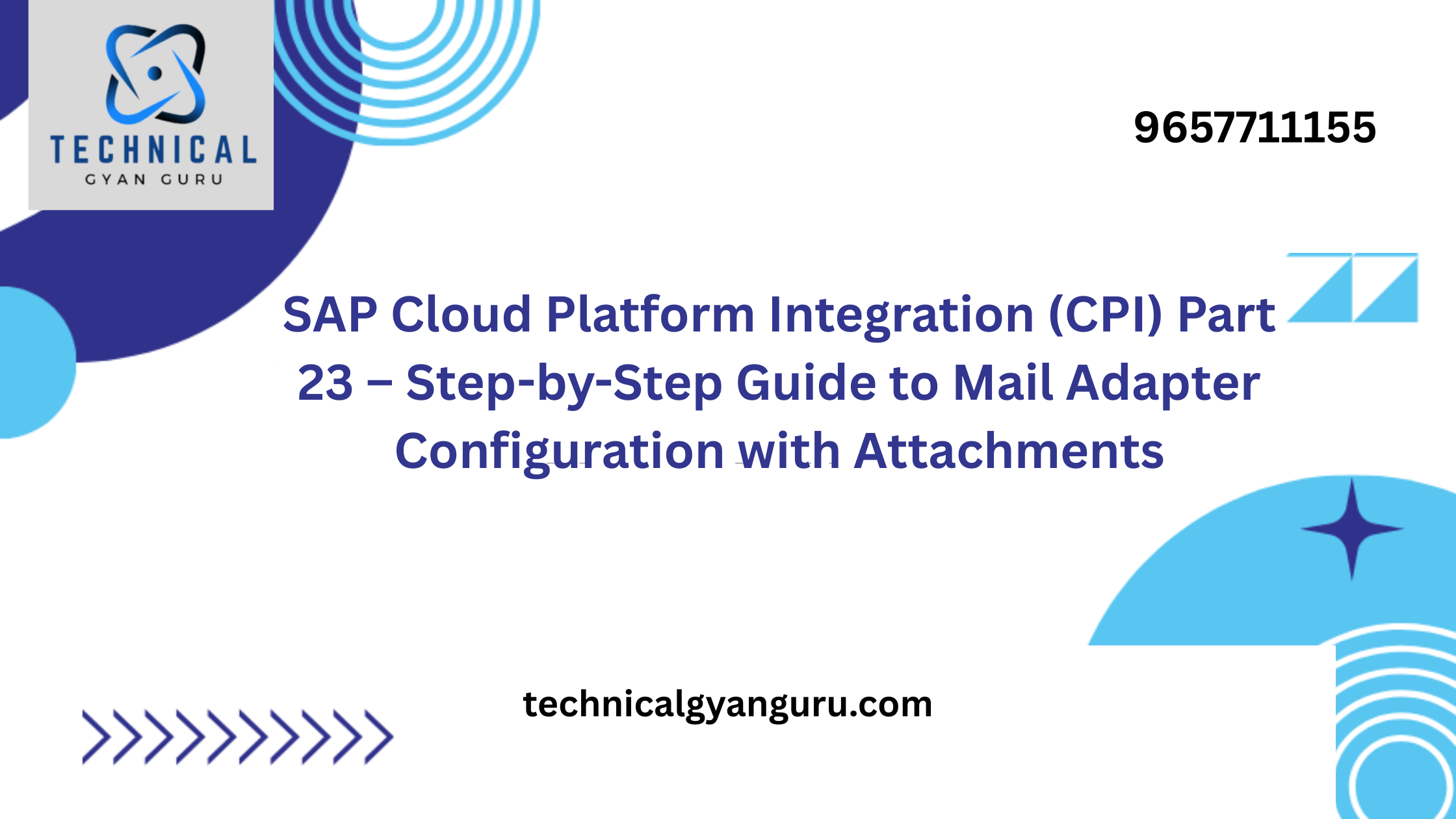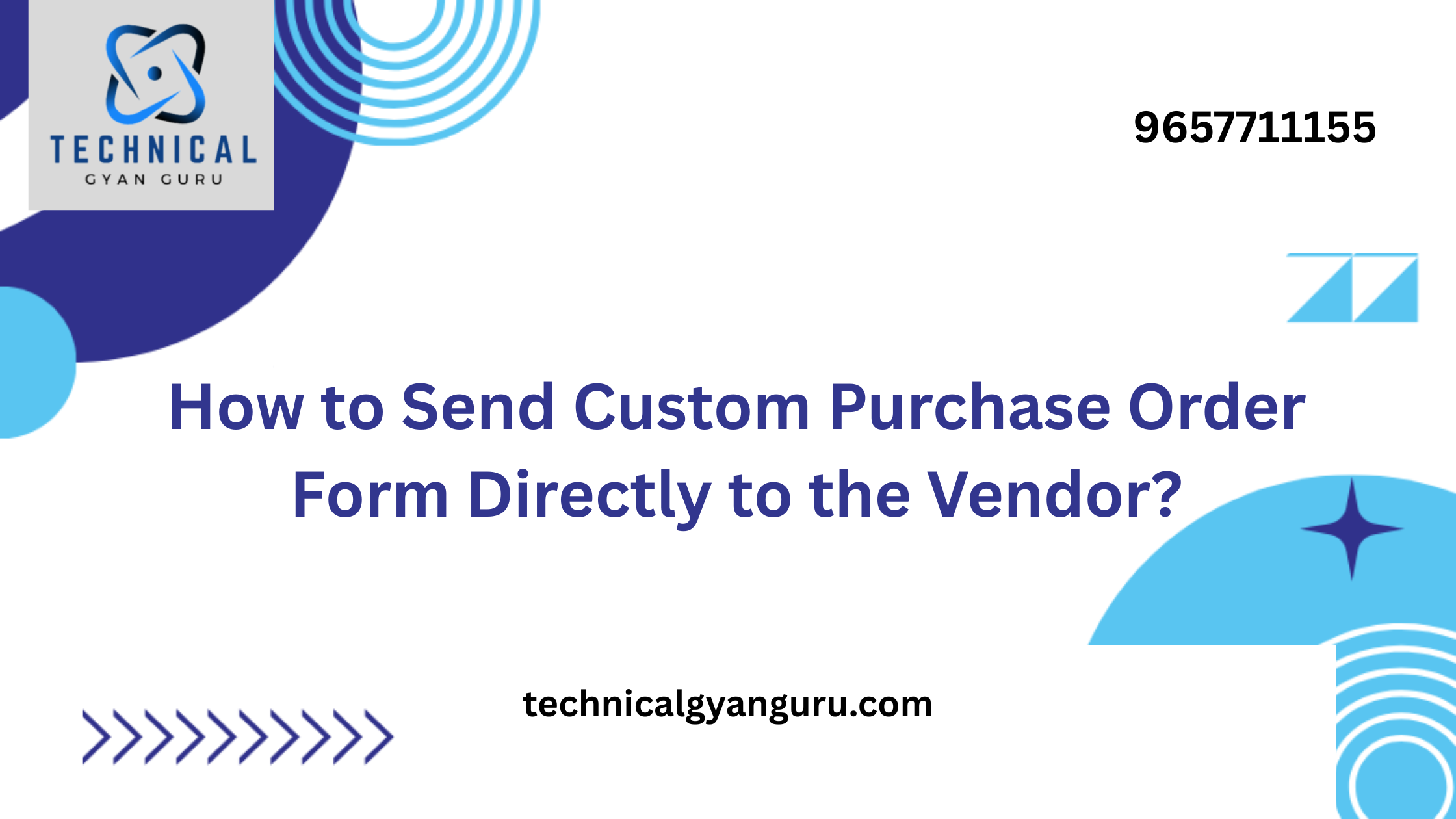
Unleash the power of Deep Entity in SAP Odata SAP OData! Effortlessly manage complex data hierarchies with a step-by-step guide, expert tips, and solutions to common challenges. Learn everything you need to know…
Struggling to manage complex data hierarchies in your SAP landscape? Drowning in a sea of independent entities and yearning for a more streamlined approach? Look no further than deep entity creation in SEntity in SAP Odata!
This powerful technique empowers you to effortlessly conquer intricate data structures, creating a harmonious symphony of information within your SAP system. Not only will you save precious time and coding effort, but you’ll also unlock a world of simplified data manipulation, leaving you free to focus on what truly matters – strategic business insights.
This comprehensive guide will equip you with everything you need to master deep entity creation in SAP OData. We’ll delve into the very essence of deep entities, exploring their purpose and the situations where they shine. But fear not, for we won’t leave you hanging! We’ll provide a step-by-step walkthrough, complete with code examples, to guide you through the creation process like a maestro.
Creating Deep Entities in SAP OData: A Step-by-Step Breakdown
Now that we understand the power of deep entities, let’s delve into the creation process. Here, we’ll provide a step-by-step guide with code examples to equip you for building robust OData services that handle complex data hierarchies. sap odata interview questions,
create deep entity in sap odata, deep entity in sap odata, how to activate odata service in sap, how to create odata service in sap,odata adapter in sap cpi, Entity in SAP Odata.
Prerequisites
Before embarking on your deep entity creation journey, ensure you have the following in place:
- SAP Gateway: This is the core foundation for building OData services in SAP. It provides the infrastructure for exposing data entities and functionalities through standard protocols like HTTP.
- Data Model Entities: You’ll need well-defined data model entities within SAP to represent your main entity and its related sub-entities. These entities will be mapped to the OData service for data manipulation.
- ABAP Development Skills: A basic understanding of ABAP programming is crucial, as custom logic will be implemented within the Data Provider Class (DPC) to handle data persistence during deep entity creation.
SAP Gateway Versions and Functionalities:
While SAP Gateway supports deep entity creation across various versions, some functionalities might differ slightly. This guide focuses on a general approach applicable to most recent releases. It’s always recommended to consult the latest SAP Gateway documentation for specific version-related details.
Advanced Topics and Best Practices
Having mastered the fundamentals of deep entity creation, let’s delve into some advanced techniques and best practices to ensure your OData service functions smoothly and efficiently. These considerations will not only elevate your development skills but also contribute to a robust and maintainable service.
Error Handling and Debugging
Deep entity creation involves multiple layers of interaction, from user input to data persistence. Anticipating and gracefully handling potential errors is crucial to prevent service disruptions and data inconsistencies.
- Implementing Robust Error Handling:
Utilize SAP Gateway exception handling mechanisms likeIF_SERVICE_ERRORinterface within your DPC class.
Catch and log specific exceptions related to data validation, authorization checks, or database operations.
Provide meaningful error messages to the consumer, aiding in troubleshooting the root cause of the issue. - Leveraging Debugging Tools: SAP Gateway offers debugging tools like the Service Definition tool and the Gateway Trace functionality.
Utilize breakpoints within your DPC methods to step through code execution and identify the exact point of failure.
Analyze Gateway trace logs to pinpoint issues related to data flow, mapping inconsistencies, or unexpected system behavior.
Security Considerations
While deep entities streamline data manipulation, security remains paramount. Here’s how to ensure authorized access and data integrity:
- Authorization Checks: Implement authorization checks within your DPC class to ensure users only create entities with appropriate permissions.
Utilize SAP authorization objects and checks likeAUTHORITY-CHECKstatement to restrict access based on user roles and data sensitivity. - Data Sanitization: Sanitize user input before processing it to prevent potential security vulnerabilities like SQL injection attacks.
Utilize built-in ABAP functions for data validation and filtering, ensuring only safe and valid data reaches the database layer.
Consider implementing additional security measures based on your specific data model and access requirements.
Performance Optimization Techniques
Deep entity creation can involve a significant amount of data manipulation. Here’s how to optimize performance:
- Batch Processing: SAP Gateway supports batch operations for OData requests.
Instead of sending individual create requests for each sub-entity, consider grouping them into a single batch request.
This reduces network overhead and improves overall processing efficiency, especially when dealing with large datasets. - Database Buffering: Utilize database buffering techniques to minimize database calls.
For example, leverage database commit strategies likeCOMMIT WORKafter processing a batch of entities instead of after each individual creation.
This reduces database roundtrips and can significantly enhance performance, especially for high-volume data creation scenarios.
Remember, the specific techniques you employ will depend on your unique data model and usage patterns. By following these best practices and adapting them to your specific context, you can ensure your deep entity creation functionality operates smoothly, securely, and efficiently.
Advanced Topics and Best Practices
Having mastered the fundamentals of deep entity creation, let’s delve deeper and explore some advanced techniques to optimize your OData service development. This section will equip you with strategies for robust error handling, security considerations, and performance optimization, ensuring your deep entity operations function seamlessly.
Error Handling and Debugging
Creating deep entities involves multiple data manipulation steps, and unexpected errors can occur. Implementing robust error handling mechanisms is crucial to ensure data integrity and prevent service disruptions.
- Anticipating Potential Errors: Identify potential error scenarios during deep entity creation. These might include issues like missing mandatory fields, data type inconsistencies, or authorization failures.
- Exception Handling in the DPC Class: Utilize SAP ABAP exception handling mechanisms within the DPC class methods. Implement appropriate exception classes to capture specific error types. Leverage features like message chaining to provide detailed error messages to the consumer.
- Error Reporting and Logging: Design a strategy for reporting errors effectively. Consider logging detailed error messages with relevant context (e.g., timestamps, user information, specific entity data) for further analysis and troubleshooting.
By following these practices, you can effectively identify, handle, and report errors during deep entity creation, minimizing data inconsistencies and service downtime.
Security Considerations
Security is paramount when managing sensitive data through OData services. While SAP Gateway provides a robust security framework, additional considerations are essential for deep entity creation.
- Authorization Checks: Ensure proper authorization checks are implemented within the DPC class methods. Utilize SAP authorization objects and checks to restrict access to specific data based on user roles and profiles.
- Data Validation: Implement data validation logic within the DPC class to ensure data integrity. Validate incoming data against pre-defined rules and data types to prevent unauthorized modifications or injection attacks.
These security measures safeguard your SAP system by restricting unauthorized access and data manipulation during deep entity creation. Remember to refer to the official SAP Gateway security documentation for detailed configuration options specific to your implementation.
Performance Optimization Techniques
Deep entity operations can involve significant data processing. Optimizing your OData service performance is crucial for handling large datasets and maintaining responsiveness.
- Batch Processing: Leverage the power of SAP Gateway batch processing capabilities. Combine multiple deep entity creation requests into a single batch request for improved efficiency. This minimizes network overhead and database calls, leading to faster processing times.
- Database Buffering: Consider utilizing database buffering techniques to optimize data persistence. Explore options like database commit strategies or buffer sizes to improve data write performance during deep entity creation.
Conclusion
In conclusion, mastering deep entity creation in SAP OData empowers you to streamline data management within complex hierarchical structures. This comprehensive guide has equipped you with the knowledge to define entity types, establish associations, and leverage the DPC class for efficient data persistence. With the step-by-step explanations, code examples, and best practices, you’re well on your way to building robust OData services that simplify data manipulation and enhance application functionality.
Remember, deep entities excel when dealing with related data sets, but alternative approaches might be better suited for independent entities. Don’t hesitate to explore advanced topics like error handling and performance optimization to further refine your OData services. By following these guidelines and leveraging the power of deep entities, you’ll unlock a world of possibilities for managing intricate data relationships within your SAP landscape.
As a final word of advice, stay updated on the latest SAP Gateway advancements and explore community resources to continuously improve your deep entity development skills. With dedication and practice, you’ll become an expert in crafting efficient and scalable OData solutions for your SAP applications.
you may be interested in this blog here:-
Top Online Oracle SQL Compiler for Effortless Development
Training for SAP S/4HANA simple logistics
Spark Joyful Learning Engaging English Worksheet for UKG Class








